N-(p-Aminobenzoyl)glutamic acid
Synonym(s):N-(4-Aminobenzoyl)-L -glutamic acid;N-(4-aminobenzoyl)-L-Glutamic acid;N-(p-Aminobenzoyl)glutamic acid
- CAS NO.:4271-30-1
- Empirical Formula: C12H14N2O5
- Molecular Weight: 266.25
- MDL number: MFCD00042821
- EINECS: 224-261-7
- SAFETY DATA SHEET (SDS)
- Update Date: 2024-10-24 21:11:45

What is N-(p-Aminobenzoyl)glutamic acid?
Chemical properties
Light Tan Waxy Solid
The Uses of N-(p-Aminobenzoyl)glutamic acid
Major metabolite of 5-Methyltetrahydrofolic Acid
The Uses of N-(p-Aminobenzoyl)glutamic acid
Marker in folate metabolism studies.
What are the applications of Application
N-(4-Aminobenzoyl)-L-glutamic Acid is a metabolite
Definition
ChEBI: A dipeptide resulting from the formal condensation of the carboxylic acid group of 4-aminobenzoic acid with the amino group of L-glutamic acid.
Purification Methods
Crystallise the acid from H2O. Also purify it by dissolving 2.7g in H2O (130mL), adding aqueous NaOH to pH 5.5 and adding portionwise a solution of 0.5M CuSO4 to complete precipitation of the Cu salt. This salt is filtered off, suspended in H2O and H2S is bubbled through to precipitate CuS, filter, evaporate and recrystallise the residue from H2O. It has max (H2O) at 273nm. [Backer & Houtman Recl Trav Chim Pays-Bas 70 738, 743 1951, Beilstein 14 IV 1153.]
Properties of N-(p-Aminobenzoyl)glutamic acid
| Melting point: | ~175 °C (dec.) |
| Boiling point: | 409.45°C (rough estimate) |
| alpha | -15 º (c=2% in 0.1N HCl) |
| Density | 1.2846 (rough estimate) |
| refractive index | 1.6660 (estimate) |
| storage temp. | Keep in dark place,Inert atmosphere,Store in freezer, under -20°C |
| solubility | Aqueous Base (Sparingly), Aqueous Acid (Sparingly), DMSO (Sparingly), Methanol ( |
| form | neat |
| pka | 3.50±0.10(Predicted) |
| form | Solid |
| color | White to Light Beige Waxy |
| Merck | 14,426 |
| BRN | 2816320 |
| Stability: | Hygroscopic |
| CAS DataBase Reference | 4271-30-1(CAS DataBase Reference) |
Safety information for N-(p-Aminobenzoyl)glutamic acid
| Signal word | Warning |
| Pictogram(s) |
 Exclamation Mark Irritant GHS07 |
| GHS Hazard Statements |
H315:Skin corrosion/irritation H319:Serious eye damage/eye irritation H335:Specific target organ toxicity, single exposure;Respiratory tract irritation |
| Precautionary Statement Codes |
P261:Avoid breathing dust/fume/gas/mist/vapours/spray. P271:Use only outdoors or in a well-ventilated area. P280:Wear protective gloves/protective clothing/eye protection/face protection. |
Computed Descriptors for N-(p-Aminobenzoyl)glutamic acid
| InChIKey | GADGMZDHLQLZRI-VIFPVBQESA-N |
N-(p-Aminobenzoyl)glutamic acid manufacturer
Khagga Life Sciences
Ralington Pharma
OctaneX Labs
New Products
Tert-butyl bis(2-chloroethyl)carbamate 4-Methylphenylacetic acid N-Boc-D-alaninol N-BOC-D/L-ALANINOL N-octanoyl benzotriazole 3-Morpholino-1-(4-nitrophenyl)-5,6-dihydropyridin- 2(1H)-one Furan-2,5-Dicarboxylic Acid DIETHYL AMINOMALONATE HYDROCHLORIDE 1,1’-CARBONYLDIIMIDAZOLE R-2-BENZYLOXY PROPIONIC ACID 1,1’-CARBONYLDI (1,2-4 TRIAZOLE) N-METHYL INDAZOLE-3-CARBOXYLIC ACID (2-Hydroxyphenyl)acetonitrile 4-Bromopyrazole 5-BROMO-2CYANO PYRIDINE 5,6-Dimethoxyindanone 5-broMo-2-chloro-N-cyclopentylpyriMidin-4-aMine 2-(Cyanocyclohexyl)acetic acid 4-methoxy-3,5-dinitropyridine 1-(4-(aminomethyl)benzyl)urea hydrochloride 2-aminopropyl benzoate hydrochloride diethyl 2-(2-((tertbutoxycarbonyl)amino) ethyl)malonate tert-butyl 4- (ureidomethyl)benzylcarbamate Ethyl-2-chloro((4-methoxyphenyl)hydrazono)acetateRelated products of tetrahydrofuran
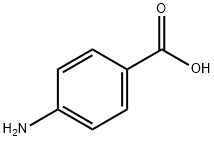
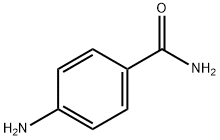
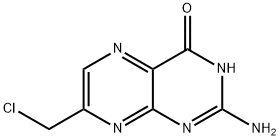
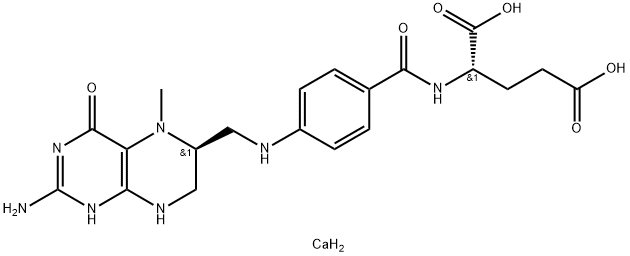
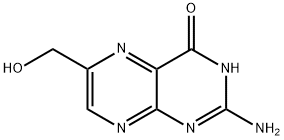
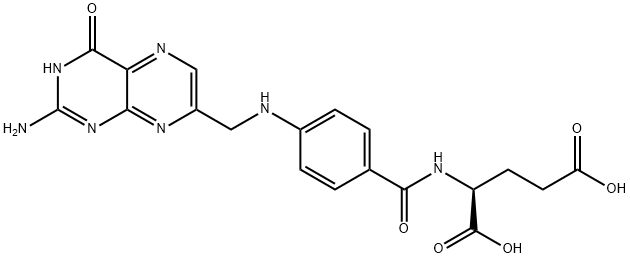
![(2S)-2-[[4-[Bis[(2-aMino-4-oxo-1,4-dihydropteridin-6-yl)Methyl]aMino]benzoyl]aMino]pentanedioic Acid](https://img.chemicalbook.in/CAS/20130318/GIF/1391068-26-0.gif)
![2-[4-[(2-amino-4-oxo-5,6,7,8-tetrahydro-1H-pteridin-6-yl)methyl-formyl-amino]benzoyl]aminopentanedioic acid](https://img.chemicalbook.in/CAS/GIF/2800-34-2.gif)
You may like
-
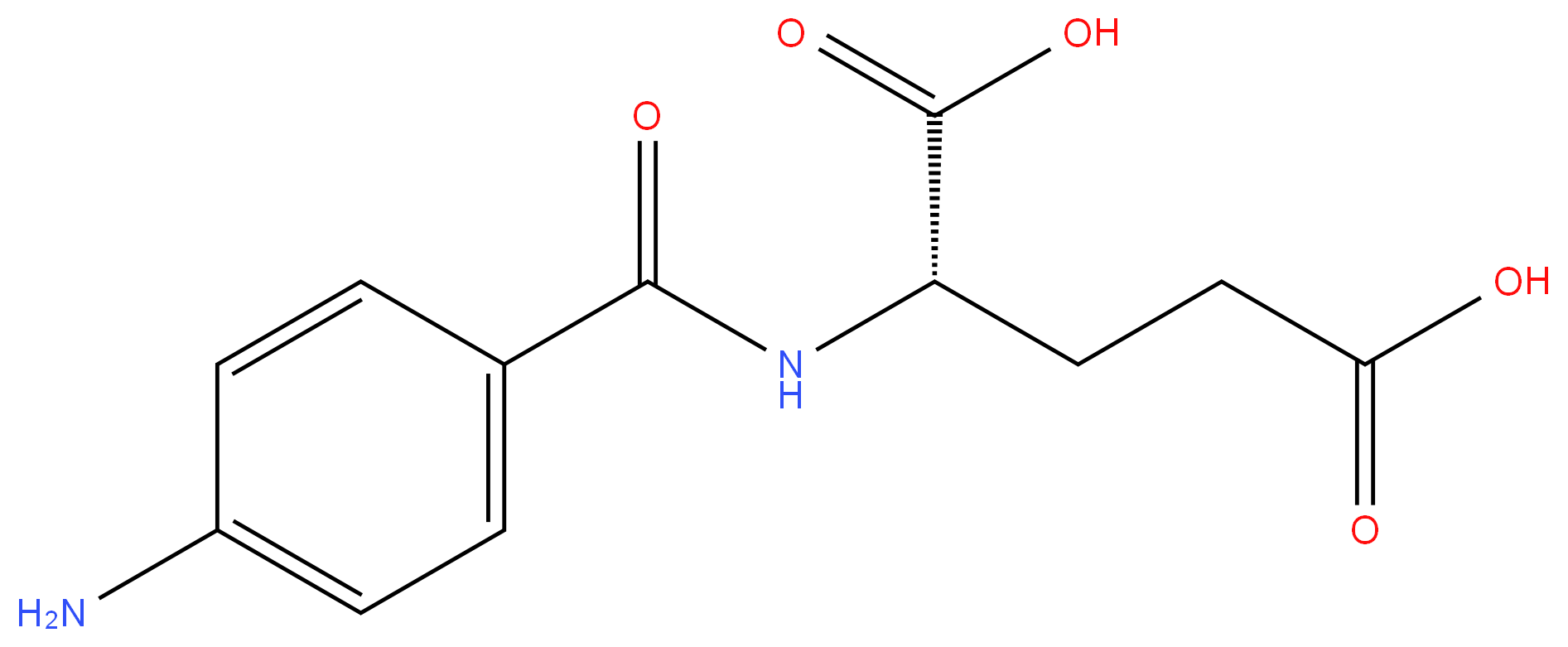 4271-30-1 N-(p-Aminobenzoyl)glutamic acid 99%View Details
4271-30-1 N-(p-Aminobenzoyl)glutamic acid 99%View Details
4271-30-1 -
 N-(4-Aminobenzoyl)-L-glutamic acid 98%View Details
N-(4-Aminobenzoyl)-L-glutamic acid 98%View Details
4271-30-1 -
 N-(4-Aminobenzoyl)-l-glutamic acid 97% CAS 4271-30-1View Details
N-(4-Aminobenzoyl)-l-glutamic acid 97% CAS 4271-30-1View Details
4271-30-1 -
 N-(4-Aminobenzoyl)-L-glutamic acid, ≥98% (TLC) CAS 4271-30-1View Details
N-(4-Aminobenzoyl)-L-glutamic acid, ≥98% (TLC) CAS 4271-30-1View Details
4271-30-1 -
 N-(4-Aminobenzoyl)-L-glutamic Acid CAS 4271-30-1View Details
N-(4-Aminobenzoyl)-L-glutamic Acid CAS 4271-30-1View Details
4271-30-1 -
 N-(4-Aminobenzoyl)-L-glutamic acid 4271-30-1 98%View Details
N-(4-Aminobenzoyl)-L-glutamic acid 4271-30-1 98%View Details
4271-30-1 -
 N-(4-Aminobenzoyl)-L-glutamic acid 97% (HPLC) CAS 4271-30-1View Details
N-(4-Aminobenzoyl)-L-glutamic acid 97% (HPLC) CAS 4271-30-1View Details
4271-30-1 -
 4-Aminobenzoylglutamic acid CAS 4271-30-1View Details
4-Aminobenzoylglutamic acid CAS 4271-30-1View Details
4271-30-1